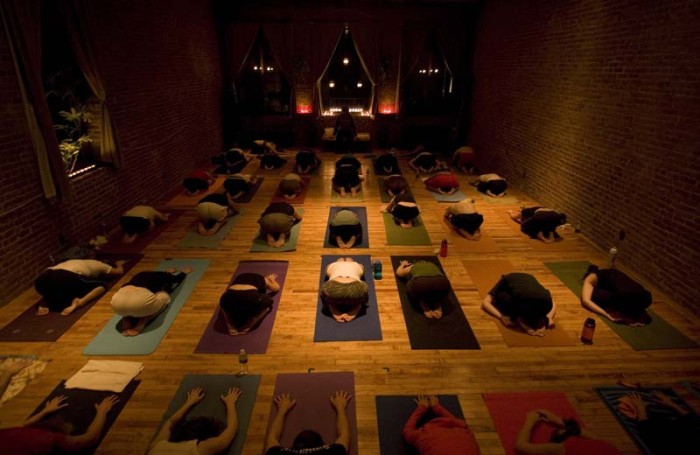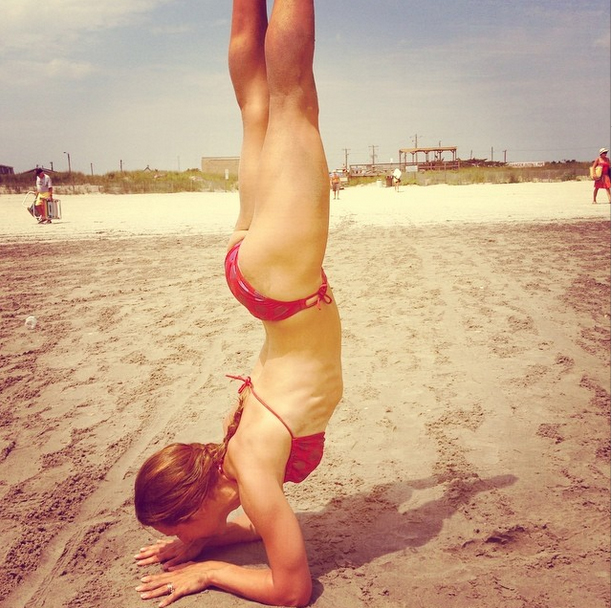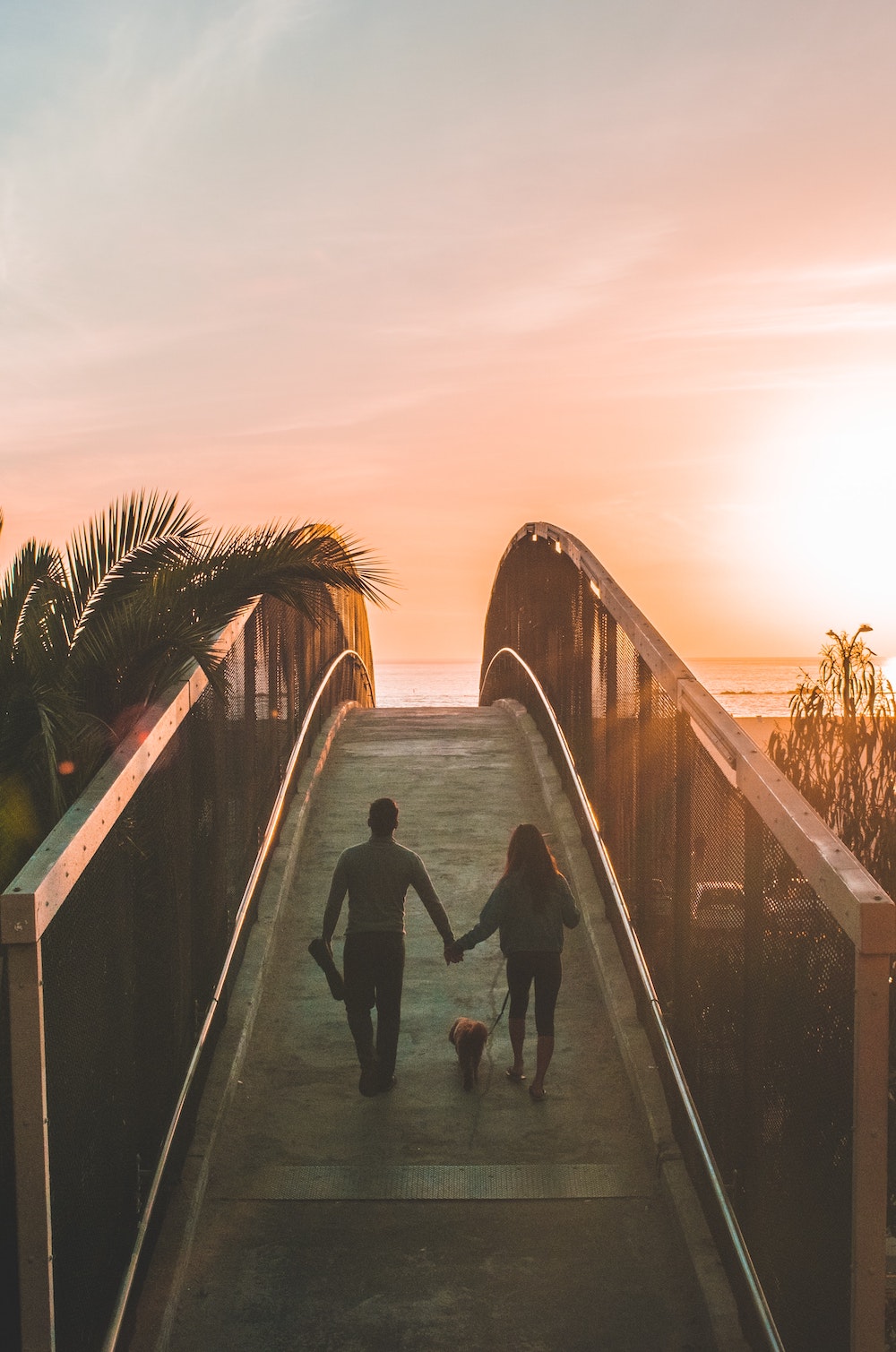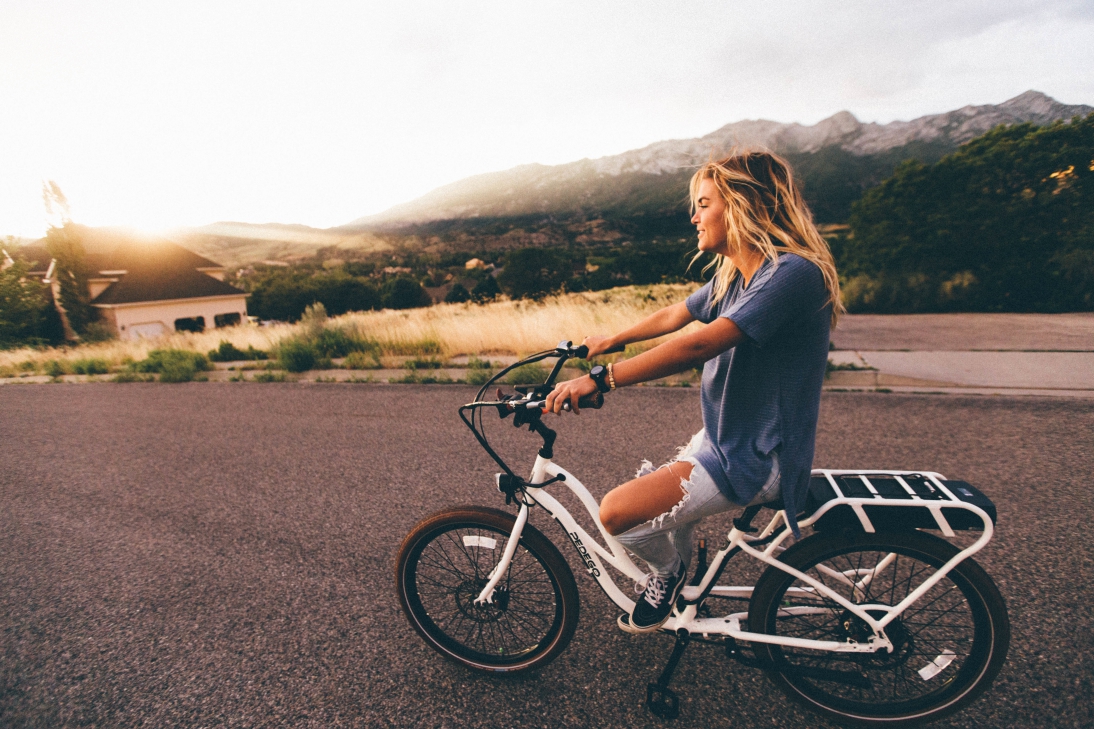There was a fifteen year gap between the first time I heard about Bikram yoga and the first time I tried it out. I only knew that it’s practiced in a heated room and that many Bikram yoga students feel “addicted” to it. My good friend had been going to Bikram yoga classes every day for many years and told me that she couldn’t imagine her life without it.
That was the final nail for me. I decided to do it. Only I thought that I couldn’t just storm into the heated room and start bending. I gave myself enough time to get prepared before signing up for my first class. I read things online and watched videos on YouTube. I even bought the book ‘Bikram’s Beginning Yoga Class’ and, while reading, I tried to visualize how to perform those 26 postures and two breathing exercises. Finally I felt the encouragement of Bikram Choudhury himself to begin.
Walking into my first class, I quickly realized that out of all my preparations and research, the best preparation was wearing the right uniform: a tank and shorts. Looking around the room, I saw a sea of young half-naked bodies, girls wearing booty shorts and muscular guys wearing tattoos. If we weren’t indoors, we would surely be on a beach in Jersey Shore.
I found a spot in the last row next to a good-looking boy sitting in a lotus pose. The teacher, a young guy with a broad smile, began to speak from the podium. He will not be showing any poses, just instructing what to do. That was fine, I had done my homework.
The first breathing exercise sounded like a multiple repetition of collective loud hissing. That surprised me. All my acquired knowledge didn’t seem very helpful at all, and all the sit-ups and savasanas (“still poses”) after each posture were new to me. I snuck glances at my sexy neighbor, trying to mirror his movements. Gradually sweat started to drip off my face, and my tank top and shorts were soon soaked. The class seemed endless.
I felt very stiff and could hardly perform any posture correctly. But I didn’t sit down, even while struggling against the nausea and dizziness toward the end. I kept wiping my face until the instructor advised me not to do it. I found it useful and since then I follow this advice practicing other sports. The body balances the temperature by releasing sweat for cooling. So, more wiping, more sweating.
The first class was very hard, but I was determined to continue to prove to myself that I could do it. Coincidentally, a week later, there was a special offer: if you went every day for 30 days, the next month would be free. It meant that after work, every day, I’d practice Bikram yoga for 90 minutes with no excuses. 10 days later, I hated it. I was dragging myself to class, carrying a yoga mat, hungry and tired. Ugh. I’ll go this time and never go again, I’d think to myself. But after each class, I felt relaxed. The more often I stretched, the more proud of myself I felt on the way back home. My progress during the challenge month was becoming quite noticeable. I found a good balance of going three times per week, and I actually started to look forward to my Bikram yoga classes. Was I getting “addicted” to it?
When I moved from Manhattan to Brooklyn, I stopped practicing Bikram yoga for about a year. I went to other yoga classes at the gym, but eventually I felt that Bikram yoga was the one that really worked best for me. The main advantages of practicing Bikram yoga is that a heated room makes stretching easier, and that practicing the same postures each session shows how well you’re advancing from class to class. Knowing what to do and what to expect from every class also keeps you relaxed. You’re able to truly be in the moment.
When I was ready to resume Bikram yoga, I found a studio a few blocks away from my apartment building. Since then, I had been going there until it closed two months ago. While waiting for it to re-open, I tried out Yoga to the People (YTTP) traditional hot yoga. The classes are close to the Bikram-style but there are other elements and asanas that are different from Bikram yoga. YTTP is a great alternative to Bikram yoga if it’s not available in the neighborhood.
It was scary for me to resume classes after a hiatus. So I started to prepare myself for the returns. I found that the following things are helpful:
1. Practicing regular yoga. My morning workout includes yoga and it makes a difference when resuming Bikram yoga. I was able to do all the postures, even though the body will still be sore afterwards. And it’s important to come to the next class even if the body still feels achy.
2. Bringing a soothing nausea inhaler. My favorite is Quease Ease which is a natural product, a blend of pure essential oils with a pleasant smell. I use it when I feel a little dizzy (especially before the camel pose).
3. Patting some cold water on top of the head. I learned that before and after heat, patting a little cold water on the head cools down the brain and balances the temperature.
4. Relaxing and performing very slowly. Before the class I tell myself to relax, be quiet and slow and allow myself to do what I can. This really helps.
5. Coming to the class on a completely empty stomach. I don’t eat before the class, but I drink one liter of alkaline water with lemon or grapefruit juice.
I should also say that being on a vegan diet helps in practicing Bikram yoga. Students who avoid animal food acknowledge that they feel lighter and perform better than before and that they are not as thirsty (thanks to less dense food and higher water-content vegetables).
Bikram yoga is another wonderful wellness option and I was glad I finally tried it out and added it to my life experience. I continue exploring more fitness opportunities but I keep Bikram yoga in my arsenal and return to it like someone who misses home.
Also by Larisa: How I Started My Alkaline Diet
In Yoga: Ahimsa – The Relationship Between Yoga and Veganism
Just Breathe – A Story of Self Discovery Through Yoga
___
Photo: Yoga to the People via Flickr





